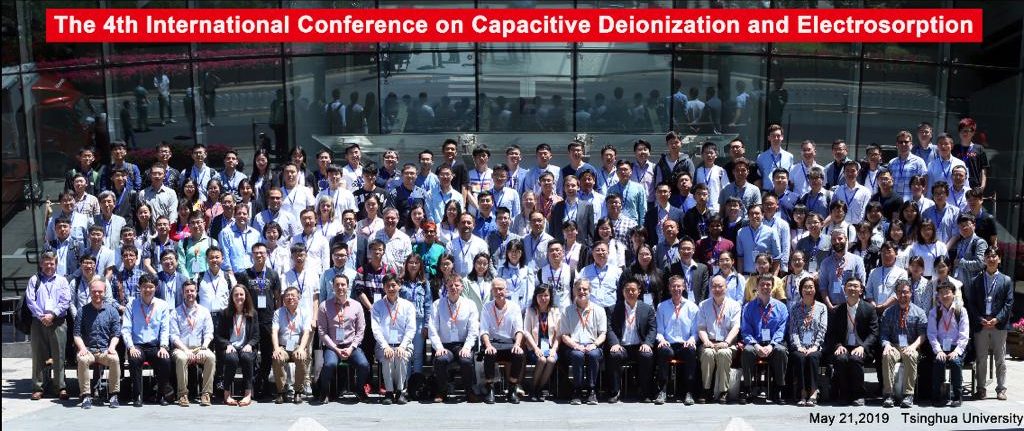Two recent papers with authors from the US, The Netherlands, and Israel, convincingly show the relevance of chemical charge residing in the carbon electrodes ("immobile", or "complementary" charge) to enhance salt adsorption capacity (SAC) of CDI electrodes.
In the more theoretical paper of the two, published OPEN ACCESS in Colloids and Interfaces Science Communications, the theoretical framework is laid out which comprehensively describes the range of recently developed new CDI desalination modes such as inverted-CDI and (what the authors call) enhanced-CDI. Also the occurrence of "inversion peaks" which often develop during normal CDI operation are explained as due to developing chemical charge. In addition, a novel operational mode is described where due to the chemical charge, it becomes possible to enlarge the operating window of CDI and thus to enhance SAC further still. This operational mode of "extended voltage CDI" was not described before.
In the sequel paper, published in Water Research, both the enhanced-CDI regime and the extended-voltage CDI-regime are experimentally validated. In this paper the more advanced amphoteric Donnan model is used to describe the EDL-structure. This model quantitatively predicts the experimental observations of salt storage and charge. An interesting inconsistency is how the measured chemical charge (by titration) can be up to one order beyond the chemical charge derived from comparing the amph-D model to the data.
